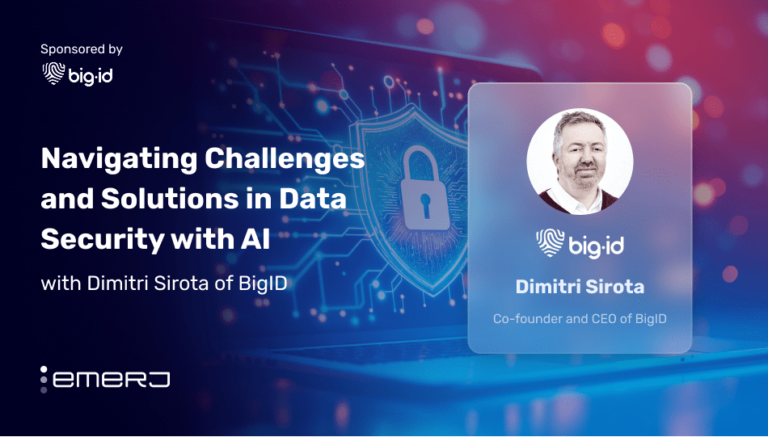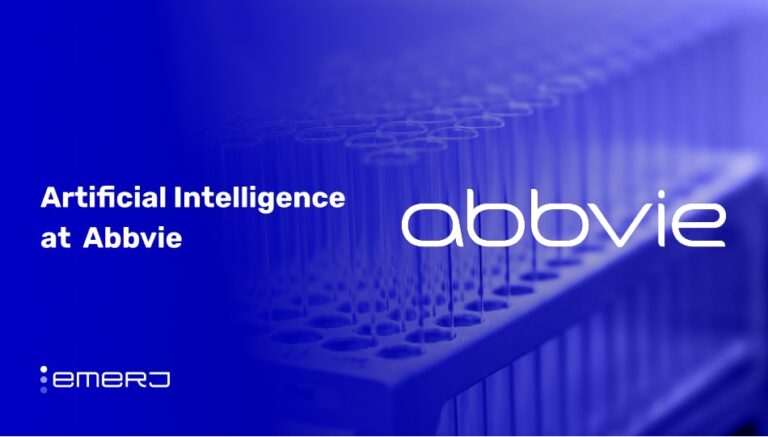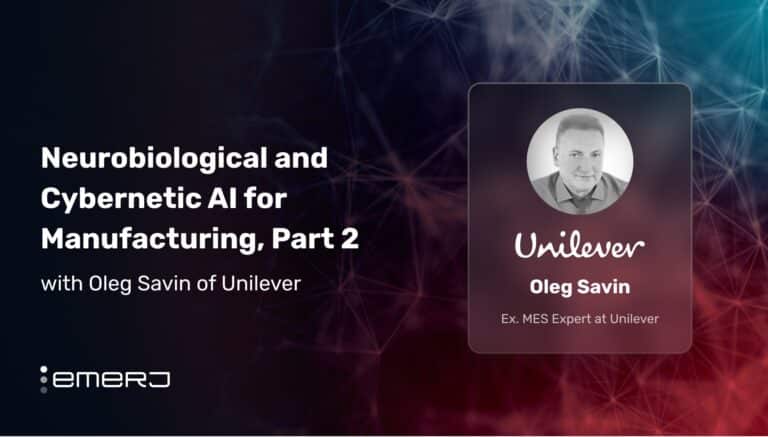Technology Provider: Automated Insights is a provider of natural language generation platform, Wordsmith, that converts big data into narratives or summary understandable by humans
User: digitalSTROM, a smart home services provider in Zurich
Industry: Home automation, Internet of things
Application: Natural language generation, Personalized in-app reports and email communications
The Problem
digitalSTROM (from digitalSTROM AG) is a smart home connectivity service which integrates electrical appliances in a network of hardware and software. The service also generates and tracks customer data like consumption of water and energy, status information (on/off, working/not working, open/closed, home/away) or data with short-term relevance (did someone ring the doorbell?).
The challenge for the company lay in representing the data to customers in terms of practically measurable impacts. According to CEO of digitalSTROM, Martin Vesper, “Energy information is usually presented in charts or graphs, but that lacks real interpretation of what it really means.”
(For a more in-depth breakdown of an integration and setup with Automated Insights, see our other interview on Automated Insights and the Associated Press.)
Actions Taken
digitalSTROM applied the Automated Insights Wordsmith natural language generation platform to represent customer data in personalized reports in written and audio formats. Customers receive the reports through an app which enables them to make knowledge requests about the status and energy usage in their houses.
A typical information request process would look like this: Customers ask their smartphones about energy consumption usage in their homes on a particular day through the digitalSTROM app. The app would then gather data relevant to the question and send input it to the Wordsmith platform, which would then generate a summary that is read-out aloud or shown to the customer.
Automated insights representative Laura Pressman told us that they were unable to find example questions and answers, or examples of what these reports looked like, as digitalSTROM was an early client no longer working with Automated Insights at this time.
Results
“Using Wordsmith is very straightforward,” says digitalSTROM CEO Martin Vesper.
“We are especially happy that we can build new variables within Wordsmith. That means that we can do calculations and insights on the marketing side without having to talk to developers and wait for them to make changes. From building templates to using the API, we’ve had no issues, no problems, no down times. It just works.”
Unfortunately, no quantifiable results were able to be gathered from this implementation. We were unable to determine if this technology is used in all of digitalSTROM’s applications, or only a portion. It is possible that quantifiable information about the product wasn’t tracked by digitalSTROM at all.
Transferable Lessons
A key take away from this use case is that such NLG applications can be used to ‘personalize’ customer information and knowledge requests in connected infrastructure systems.
For example, personalized system manuals for home appliances can be generated based on customer data like troubleshooting methods already tried, the appliances and devices in the house, the kind of smartphone the customer uses, geographic location, etc. Essentially, this would translate to a dynamic and personal manual for each user which would provide contextually accurate information.
We could imagine similar applications being developed in other business circumstances, such as:
- A marketing software provider might want to create human-like written summaries of how well a marketing campaign is progressing, or suggesting future actions that the marketing team might do that are likely to improve results.
- A large manufacturing firm may decide to create a daily “asset summary”, written in natural language, describing any anomalies in the sensor data coming from it’s machines, along with suggestions of what the manager could do about those potential issues


















